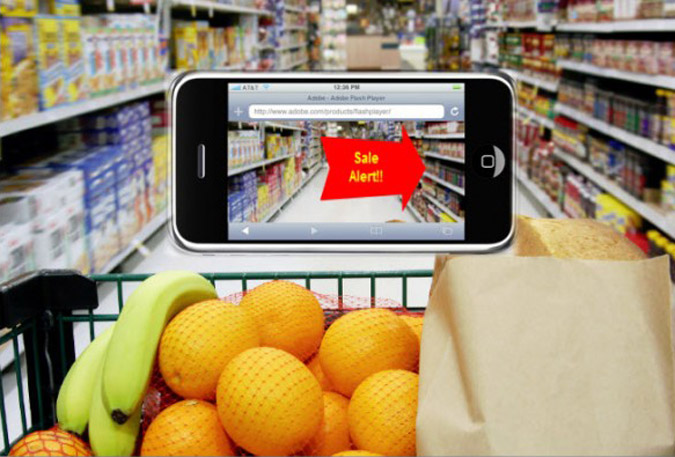Marketers Must Strike the Right Balance of Audience Reach and Targeting

The Wall Street Journal recently published a story that caused some alarm: P&G to Scale Back Targeted Facebook Ads. A more representative title would have been: P&G to Scale Back Highly Targeted Ads In Order To Increase Broader Reach Buys on Facebook.
According to WSJ: “P&G two years ago tried targeting ads for its Febreze air freshener at pet owners and households with large families. The brand found that sales stagnated during the effort, but they rose when the campaign on Facebook and elsewhere was expanded last March to include anyone over 18.”
We encourage brand marketers, especially consumer packaged good (CPG) companies that need to reach a wide audience through multiple channels including TV, to use a broad-reach strategy. As the article underscored, P&G does not intend to spend less on Facebook, only differently with broader targeting.
Advertisers Experiment with New Precise Ad Targeting
In the past few years, we saw many consumer packaged goods (CPG) brands experiment with more precise targeting approaches once more specific targeting options became available. For example, the Pampers brand team could hypothetically use third-party purchasing data to deliver ads on Facebook to Huggies customers. Or the Pampers brand team could could target Pampers loyal customers with messages on Facebook to encourage customer loyalty and try new products in the Pampers extended line.
The result of buying against very targeted, smaller audiences was expensive CPMs. These higher CPMs rank poorly in Media Mix Modeling (MMM) results, a method marketers use to attribute sales or other outcomes to different media investments. Note, this outcome of shifting to broader reach was for brands driving in-store purchase of lower-priced products as opposed to direct response advertising objectives. For direct response ads selling products online measurement is more clear from impression to purchase, and more specific targeting, even though it is more expensive, usually makes sense.
Now many of those CPG brand marketers that, like P&G, experimented with narrow audience targeting are learning and calibrating their strategies. Instead of targeting very specific, small groups of people, like pet owners, these marketers are building quality audiences on Facebook that are broad enough to reach more people, at a lower cost per person, and deliver measurable sales impact.
Whether they are small or large, addressable audiences on global platforms like Facebook are among the best digital channels. Broad, efficient and fraud-free reach to such massive audiences is a huge value proposition on its own. When you can reach 3X the users and 3X the cost efficiency, you can achieve real business impact.
Balancing Targeting with Reach
While there are many big brands in P&G’s scenario, there are many brands with niche audiences (i.e., craft beers, for example) that are experimenting with a concept we call “broad segmentation.” This involves applying the principles of broad, efficient CPMs while concurrently deploying more personalized messaging and tailored media strategies against key customer segments within the broader group.
To be sure, more precise targeting will always be hugely valuable for marketers and retailers engaging in direct-response advertising, like Verizon trying to sell phones and plans, Kayak selling hotel rooms and flights, and Bloomingdales selling fashionable clothing. Ultimately, the right mix of reach versus targeting will depend on the specific brand, its category and its business goals.
P&G made the right call opening up their targeting. Hundreds of SocialCode’s proprietary studies among Fortune 500 brand partners support this for large CPG brands. Advertisers that pair broadly targeted marketing buys with studies to measure what consumers are buying in stores often achieve sales lifts upwards of 10% on a single digital campaign. This result is driven by increased purchase volume among existing customers, as well as by significant lift in new household sales and new customers.
But the lesson is not to turn away from targeting. It is to always validate strategic decisions and big media investments with consumer lift measurement. Advertisers and their partners must understand digital platforms well enough to capitalize on their mass reach and targetability -- in unison -- to maximize sales and ROI.
Originally published at SocialCode Thought Leaders on August 16, 2016.
The opinions and points of view expressed in this commentary are exclusively the views of the author and do not necessarily represent the views of MediaVillage.com/MyersBizNet, Inc. management or associated bloggers.


